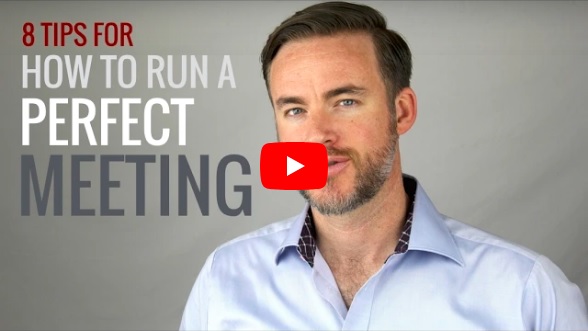Meetings – Meetings – Bloody Meetings

I don’t know how many times I’ve said and I’ve heard others say how much they hate meetings. Good meetings are managed events they don’t just happen. There are very good reasons that there is so much animosity toward meetings. Such as, meetings are often an excuse to get a group together to show that something is being accomplished and to avoid work. However, it could be to solve a problem when no one has a clue how to solve the problem.
We meet to share risk and avoid responsibility. We meet to share information that’s often already known, because it’s been communicated by email or other publications. We also often meet to demonstrate that we’re being participatory and because it’s mandated. These are not reasons to meet and people will only attend these types of meetings if they’re ordered to attend and participation will be minimal.
Not all meetings are a waste of time. Some good reasons to meet are to clarify information already provided, develop a list of ideas, or make decisions. Additionally, meetings can be held to delegate work or responsibility and to persuade or inspire. If there is no good reason to meet just say no to the invitation.
The agenda is your most powerful tool when it’s been decided to meet, because it helps you prepare and helps communicate expectations and objectives. It also provides a mechanism for order and control by limiting the tasks and the participants. Furthermore, it establishes a baseline for measuring the success/failure of a meeting. Some guidelines for creating an effective agenda are listed below.
- Identify the time, date, place and participants.
- Describe the meeting objectives.
- Tell participants how to prepare.
- Set time limits.
- Schedule in optimal order.
- Distribute in advance.
An example of an enhanced meeting agenda can be seen below.


To ensure a meeting is successful, identify potential barriers to a successful meeting outcome and address them prior to the meeting. Some of the barriers may include uninformed or potentially uncooperative participants or a bigger issue is a lack of authority to accomplish the meeting objective. Some things you might try is to send out additional information prior to the meeting or talk to the attendees prior to the meeting to find out what their position is on the meeting objectives. You can also maybe adjust the meeting agenda if it’s something that can’t be achieved or you might just consider not meeting!
When the meeting is underway it’s very important to follow the agenda, facilitate the process and participants by managing the time and making sure the discussion stays on track. As the facilitator, ensure that all participate. Record the group thinking and capture next steps. Practice good meeting behavior by letting all express their ideas and talk without interruption. After the meeting is completed evaluate the effectiveness by thinking through what went well and what you wish had gone better. Then circulate the notes and follow up on the assigned tasks.
That said, there are also meeting no, no’s. Don’t attend with a hidden agenda and as a facilitator be on the lookout for hidden agendas. Don’t allow two meetings to go on at once. Don’t allow the conversation to be dominated by one person, including you as the facilitator or the leader. Don’t ramble or share “war stories.” Lobbing “grenades” or firing “missiles are out of bounds.
A grenade hits multiple people and a missile is aimed at an individual! Look out for someone looking for the fatal flaw in every idea. Don’t violate the established agreed time contract. Don’t allow anyone to fall asleep!
Effective meetings have a clear purpose that is communicated to participants ahead of time. They are also well thought out before the meeting and all attendees know how to prepare. The meeting is facilitated to get the most out of it and the discussion, agreements, and next steps with someone who attended the meeting are identified and are recorded and distributed.
Remember during a meeting to headline ideas. Be positive, listen actively, set a time contract and follow it! Paraphrase ideas to confirm what you’ve heard. “Build” on other’s ideas. Help others by building on their ideas and getting the idea over any barriers.
Furthermore, always say something positive before addressing a concern. Phrase problems in a positive manner, such as “how to” or “I wish I knew how to do” something different. Stay focused and stay “in process” to achieve the planned objectives.
Your path to business success.

